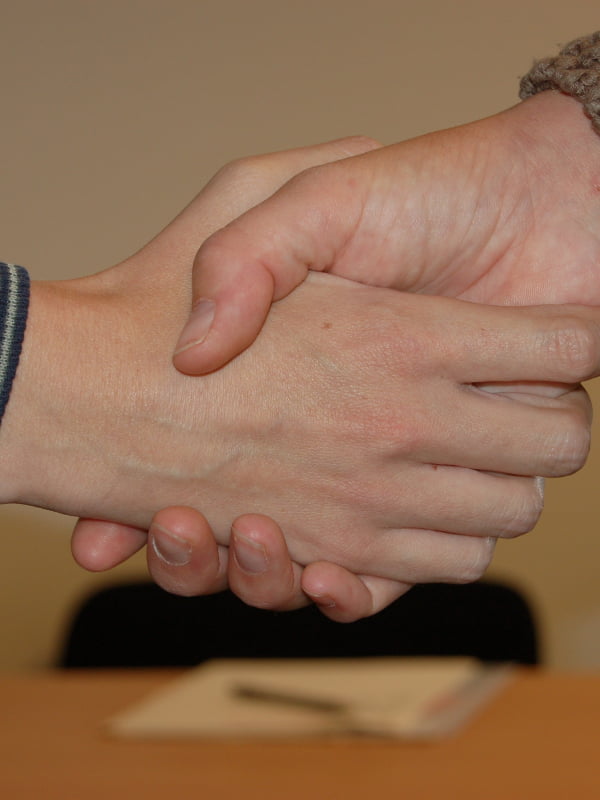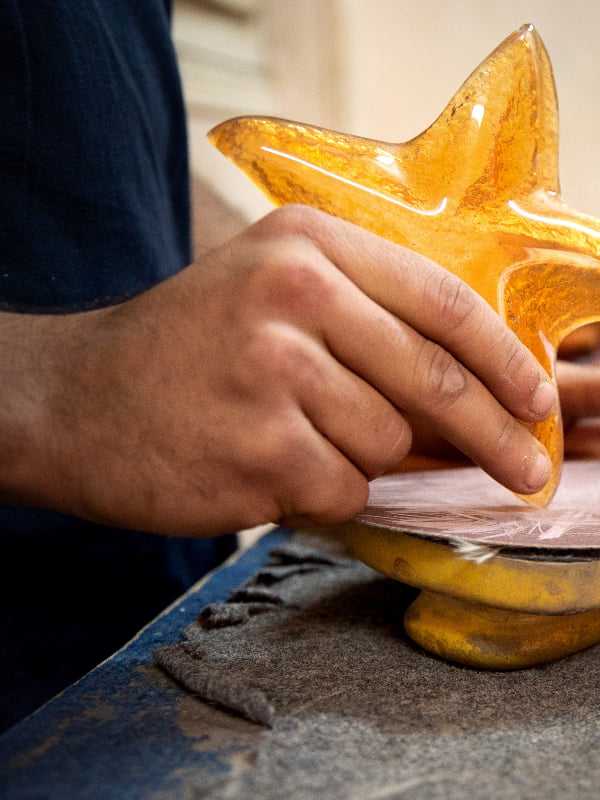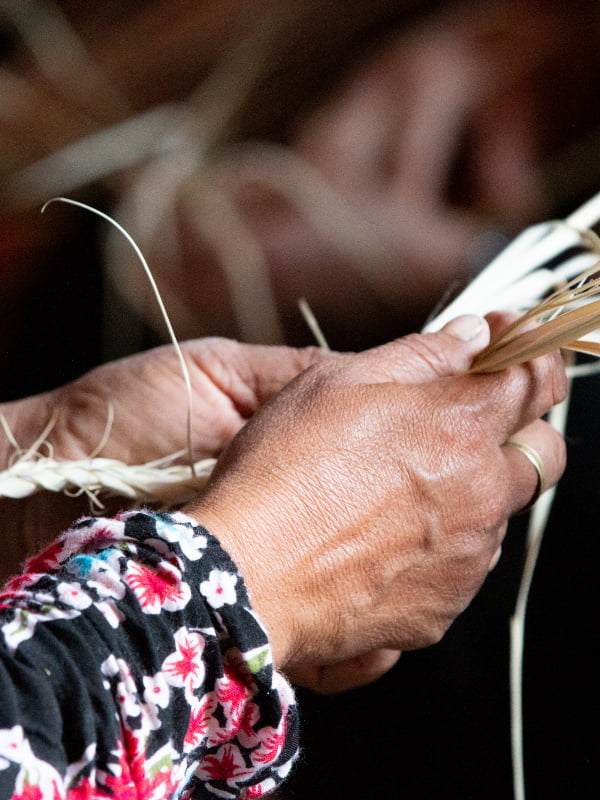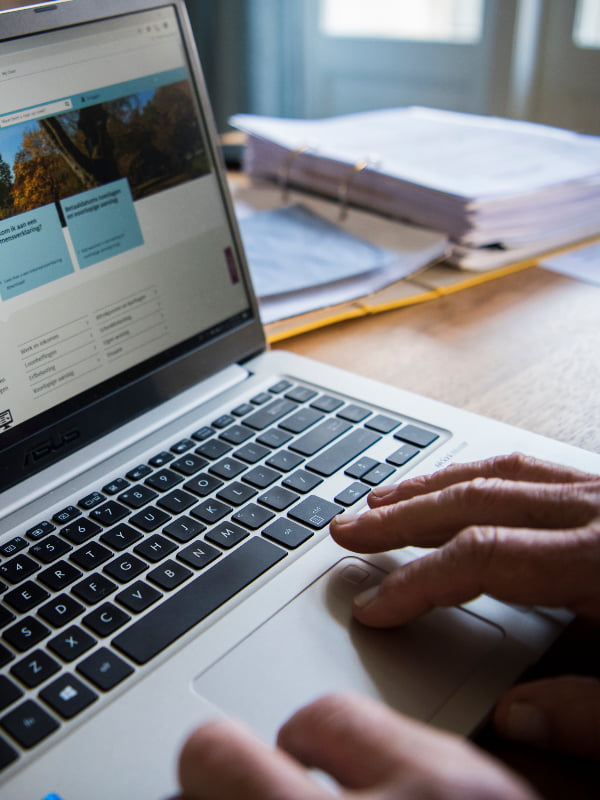Innovation Credit 10 years on: Innovations with Impact
The Innovation Credit scheme can help entrepreneurs with promising and challenging innovations with excellent market perspective, but which the entrepreneurs are unable to finance themselves.

The scheme has helped to get some really excellent innovations off the ground. Some of these innovations have had real impact, making the Netherlands and the world a better place. Below, we shine the spotlight on a number of inspiring examples.
The practical examples on this page are from:
Agriculture, water and food
Hiber

On 29 November 2018, the first satellite from the Dutch start-up Hiber was launched from the Satish Dhawan Space Centre (SDSC) in India. A second satellite is scheduled to launch soon from the Vandenberg Air Force Base in California. Hiber is working on a network of around 48 small satellites to provide energy-efficient, affordable worldwide cover for data communication for Internet of Things (IoT) applications. This development will be useful for monitoring crops, for example.
The modems used to send the data to the satellite were designed by Hiber and are so energy-efficient that a battery can last up to 10 years. Special software ensures that the modems only switch on when a Hiber satellite flies overhead. The satellite collects and transmits the data to a ground station, which forwards the data to Hiber's customers.
Hiber is developing the modems, the satellite and the software technology with Innovation Credit granted in 2018. During the Innovation Credit project, Hiber will launch the first two satellites and the company will continue developing the technology with around 25 pilot projects. Hiber then wants to expand the number of satellites, not only to serve more customers, but also to allow for applications where the modems transmit data every hour or every quarter of an hour. The headquarters of the Dutch start-up is located in Amsterdam and the R&D centre is in Delft.
Read more about the use of satellites to monitor crops at a smart farming project in Tanzania.
Cerescon
It is becoming increasingly difficult to find workers prepared to harvest white asparagus. Cerescon, founded in November 2014, therefore developed a number of variants of a selective harvesting machine. Using underground sensors, this machine can locate the asparagus and tell which ones are long enough to be cut. As the machine is able to cut more accurately than is possible by hand, less of the harvest is lost. Underground detection means the asparagus will not discolour or become mushy, resulting in superior quality. Furthermore, because the homogeneity of the sand bed is restored, there is less risk of the asparagus growing awry. All these improvements mean the grower will have a higher yield. Harvest costs are substantially lower; the costs of a 3-row machine can be recouped in three to four years.
Cerescon applied for Innovation Credit on 26 November 2015. The Netherlands Enterprise Agency (RVO.nl) granted the credit on 15 April 2016. Cerescon used its Innovation Credit to develop the fully automated asparagus-cutting machine in three consecutive seasons. A 1-row and a 3-row prototype have already been developed. Cerescon sees possibilities for optimising these further. In 2019, Cerescon will conduct durability tests at a grower in the Netherlands and Germany for a full season using two 2-row machines in an effort to convince growers. Cerescon will be able to supply the machine from the 2020 season onwards.
Entrepreneur’s tip
Start early with organising the financing for the commercialisation. Factor in possible delays and setbacks. In practice, the market is more reticent than it may at first seem.
"Market leaders" do not tend to be early adaptors. Companies eager to enter the market are more likely to take a risk than long-established big players.
Security
Intrinsic ID

Intrinsic ID was founded in 2008 as a spin-off of Philips Research. The technology of Intrinsic ID offers radically improved and more secure authentication for applications such as the Internet of Things (IoT), for example, by securing connectivity between various devices.
Intrinsic ID applied for Innovation Credit on 28 April 2009. RVO.nl granted the credit on 7 August 2009. The credit allowed Intrinsic ID to speed up its development.
There are now some 150 million chips with Intrinsic ID's security technology, a number that is increasing exponentially.
Entrepreneur’s tip
Develop a scalable solution. Work with strong partners who are able to accelerate the scalability. Work with end-users to stimulate robust market demand.
Robin Radar Systems

Robin Radar Systems (RRS), whose roots lie at the Netherlands Organisation for Applied Scientific Research, was founded in the summer of 2010. Increasing air traffic and the construction of wind farms have been accompanied by a growing number of bird strikes. RRS developed a bird radar that generates 3D information on all birds in the vicinity of airfields and wind farms, allowing the system to issue warnings in case of danger.
RRS applied for Innovation Credit on 25 January 2013. RVO.nl granted the credit on 8 May 2013. RRS used its Innovation Credit to develop a third-generation mobile bird radar. This radar has a range of up to 15 km, a sufficiently high resolution to recognise species and a lower cost price based on a different working principle (phased array and pulse compression).
The new radar has been launched, the systems have sold in large numbers and the credit has been fully repaid.
Entrepreneur’s tip
External factors may cause the market to decide to delay investments for a prolonged period. In such a situation, you will need the trust of a strong group of investors and your staff may require additional motivation.
Health and healthcare
Mimetas

The effects of a (new) medicine on the human body are difficult to predict. In 2013, MIMETAS began with the development of the OrganoPlate®, a revolutionary technology platform that can accelerate the development of new medicines. It is possible to cultivate small (three-dimensional) pieces of human tissue on this advanced microfluidic culture plate in order to mimic organ systems. Using these "organs on a chip" allows you to test the effect and possible side effects of medicines in development. This innovation can shorten the development process of new medicines (which saves costs) and ensure that fewer laboratory animals are needed.
MIMETAS received Innovation Credit from RVO.nl in 2014. Medical innovations, such as those developed at MIMETAS, require government support. Government backing is especially important in the initial phase, because private financial backers often delay investing until the innovation has proven its benefit in practice. The project was successfully completed; the OrganoPlate® is sold worldwide and MIMETAS counts the world’s most prominent drug developers among its clients. RVO.nl granted a second Innovation Credit on 16 November 2017. Mimetas is using this line of credit to make it possible for their OrganoPlate® to create "personalised medicine".
Entrepreneur’s tip
Begin early. Treat the helpful people at RVO.nl as investors, which means keeping them informed about and involved in the project. During the application procedure, don’t be overly optimistic about the available cash flows for the repayment scheme. While there is always some degree of flexibility, it pays to be ahead of the curve.
Kiadis Pharma

Kiadis Pharma is a biopharmaceutical company based in Amsterdam. Since 2006, Kiadis has been working on the development of an immunotherapeutic platform technology (ATIR), which doctors can use when treating blood cancers. Thanks to this technology, they can help more people using a possibly life-saving stem cell transplantation.
The company has used two lines of innovation credit (granted in 2009 and 2012), both of which have since been fully repaid. The credit made it possible for Kiadis to complete the most high-risk phase of its clinical project.
Based on the positive results of the phase II clinical study, Kiadis submitted a "Marketing Authorisation Application" to the European Medicines Agency in April 2017. The assessment of this application is expected in early 2019. In the meantime, Kiadis has started a large-scale phase III study in Europe and North America. The company has been listed on the US stock exchange since 2015..
ICT
WizeNoze

In 2013, WizeNoze started on the development of a secure and child-appropriate Internet environment. This involved the company developing a platform consisting of 3 parts:
- a reading level-dependent search engine;
- a database with secure information sources;
- a reading level-dependent writing aid.
WizeNoze applied for Innovation Credit in 2014. It needed the line of credit to complete the project’s financing. In 2017, RVO.nl granted a credit increase to finance the project’s extension. WizeNoze successfully complete the development in 2018. WizeNoze’s focus is now on the commercialisation of the product, concentrating on education institutions and businesses in the Netherlands and the United Kingdom. In fact, the company also has a UK branch.
Entrepreneur’s tip
- To be successful, 3 factors are crucial: market timing, passion and teamwork. You can’t go it alone.
- Nomination for a prize often draws a lot of media attention. Are you confident enough about your innovation/company? Confidence helped WizeNoze to secure new funding.
- Ministry of Economic Affairs



